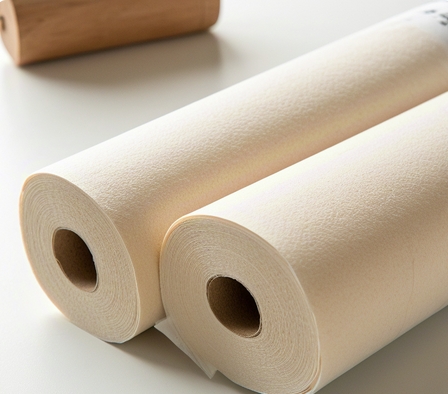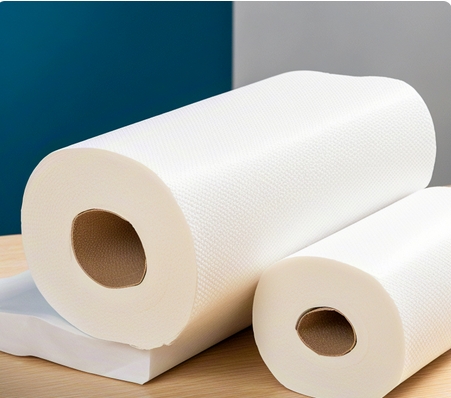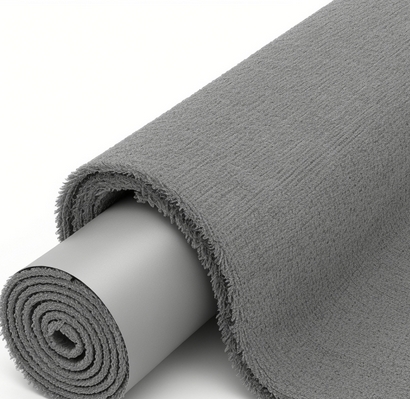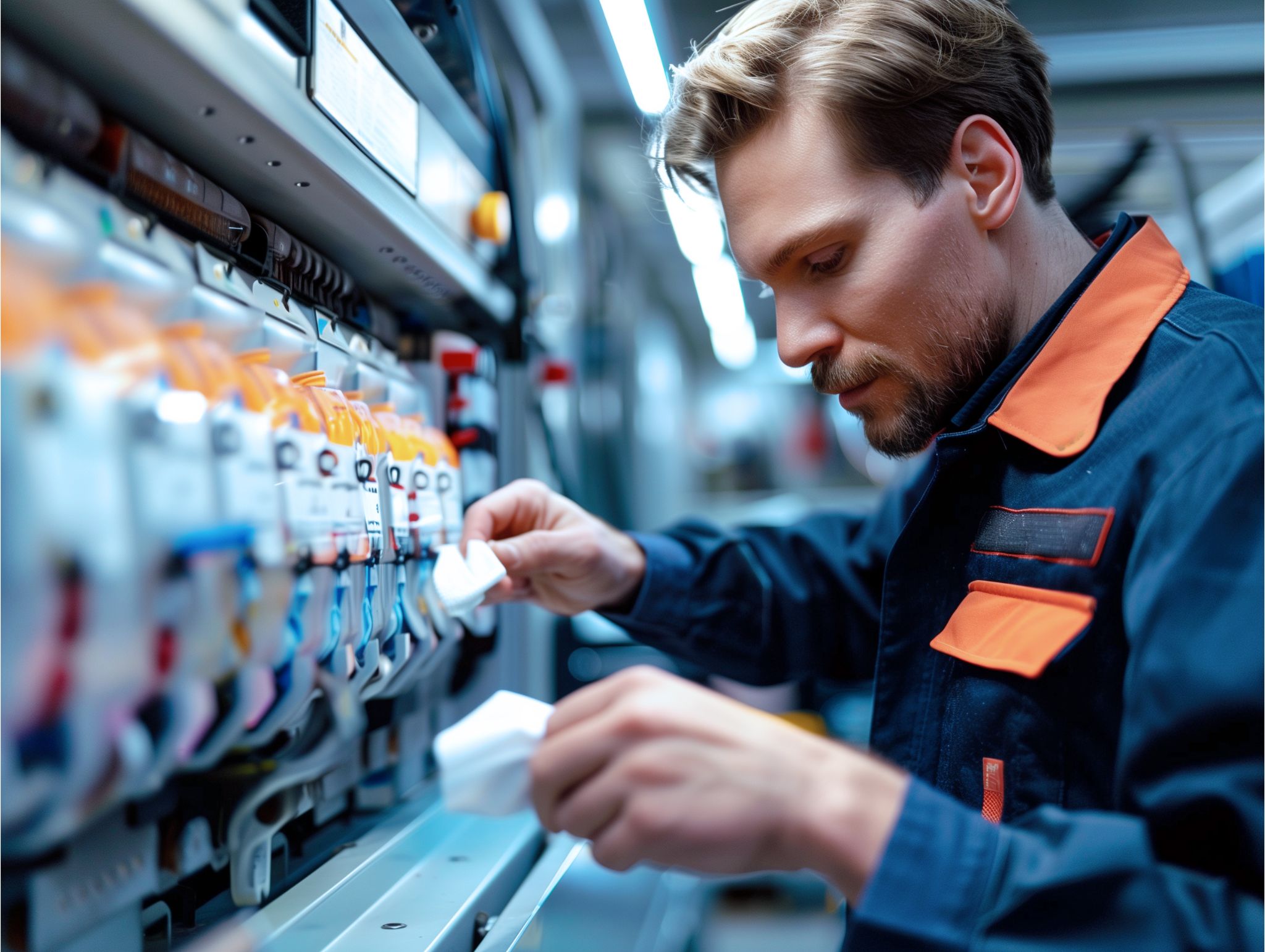Language

Industrial cleaning revolution: How to improve manufacturing efficiency of professional wipes In the field of precision manufacturing, industrial wipes are replacing traditional wipes with an average annual market growth rate of 15%. Even auto parts manufacturers with strict cost control have begun to systematically adopt such professional cleaning tools. This transformation stems from the technological advantages of industrial wipes in five key dimensions, and this article will analyze its core values in combination with empirical data.
The industrial-grade wipe cloth of the super-strong liquid adsorption system adopts siphon structure and gradient liquid lock technology, which can achieve a liquid absorption of 0.8L/m² in a single wipe. Experimental data show that the liquid absorption speed of high-quality industrial wipes can reach three times that of traditional wipes, especially in machine tool cutting oil cleaning scenarios, which can reduce repeated wipe actions by 60%. In contrast, ordinary cotton rags often need to be used with solvents to achieve the same effect due to insufficient fiber density.

The intelligent cleaning efficiency matrix is made through the surfactant impregnation process, and a professional wipe cloth can decompose stubborn metal processing oils (such as ISO VG68-grade hydraulic oil). A transmission manufacturer has tested that when cleaning CNC equipment, industrial wipes compress the maintenance time of a single device from 45 minutes to 28 minutes. Due to the lack of chemical treatment layers, traditional rags will attenuate exponentially with the number of times they are used.
The medical-grade health security standards comply with the wipe cloth produced in ISO 13485 medical-grade clean workshops, and the microbial control reaches<10CFU/cm². In contrast, the randomly purchased recycled rags, the "2023 Industrial Cleaning Supplies Safety White Paper" disclosed that its microbial exceeds the standard rate is as high as 78%. What’s even more serious is that 23% of mechanical injury accidents are traced to mixed metal debris in the rag, and this kind of risk has been completely eliminated in semiconductor wafer workshops.
The zero-pollution wipe solution uses a dust-free wipe cloth with melt blown spun bond technology, and it still maintains 99.3% fiber integrity after 2,000 friction tests. Taking a new energy vehicle electronic control unit production line as an example, after switching the professional wipe cloth, the particle pollution on the surface of the product dropped from 1200PPM to 200PPM. After using ordinary rags three times, visible fibers will fall off, which is particularly fatal for lens cleaning of high-precision coordinate measuring machines.
Full cycle cost optimization model Although the unit price of industrial wipes is 2–3 times that of traditional products, its reuse rate can reach 5–8 times. Cost analysis of a bearing manufacturer shows that after using a gram-weight 80g/m² wipe cloth, annual cleaning material consumption is reduced by 42%, and 18% of hazardous waste treatment costs are saved. More importantly, the production capacity increase brought about by the reduction in equipment shutdown and cleaning frequency has brought the overall ROI to 237%.
Currently, professional wipe cloth has been included in standardized operating procedures for multiple manufacturing systems, including TS16949. This technological iteration not only represents the upgrading of cleaning tools, but also reflects the forward-looking requirements of modern industry for production environment control and quality risk prevention.
In the field of industrial cleaning, the performance comparison between traditional rags and modern industrial wipes shows significant differences. From the analysis of the full life cycle cost, although the initial procurement cost of traditional cleaning tools is low, they are limited by the physical characteristics of insufficient fiber density (usually below 200gsm) and weak tear resistance (mostly below 5N/cm²), and need to be replaced frequently during actual use. Taking the automobile manufacturing workshop as an example, traditional cotton rags need to be replaced on average 3–5 times per shift, while professional industrial wipes can achieve continuous operation throughout the day, significantly reducing material consumption costs by more than 40%.
Industrial-grade wipe materials show multidimensional advantages in functional design. For different industrial scenarios, five major subcategories have now formed a complete solution system: high-oil-absorbing wipe cloth (ASTM F726 standard certified, oil absorption rate up to 20 times its own weight), anti-static and dust-free cloth (compliant with ISO 14644-1 Class 5 clean standard), chemical-resistant wipe cloth (with PH1-14 solution resistant), composite structure wipe cloth (three-layer gradient filtration design) and biodegradable wipe cloth (natural decomposition rate exceeds 95% in 60 days). In contrast, traditional cleaning cloths are limited to a single material structure, and there is a risk of cleaning residues in scenarios such as semiconductor manufacturing and precision instrument maintenance. LPC detection shows that the residual amount of particles can reach 30 times that of professional products.
Industrial wiping solutions driven by technological innovation are reshaping production standards. In the field of medical device manufacturing, the use of special microfiber wipes can increase the cleanliness of the product surface to the 0.1μm level, effectively meeting the requirements of the FDA GMP specification. Comparative tests by a well-known new energy battery manufacturer showed that after using a professional wipe cloth, the failure rate of the electrode sheet dropped from 0.8% to 0.12%, which is equivalent to saving more than 2 million yuan in annual quality costs.
Tags:
RELATED RESOURCES

A must-read for precision manufacturing! Industrial wipe paper cleanliness improvement solution and
As an important consumable in the intelligent manufacturing system, industrial wipe paper is redefining indust......
More

Industrial wipe paper cleaning tips: 12-inch wafer adsorption efficiency increased by 98.7%
As a key cleaning medium in modern manufacturing, industrial wipe paper continues to promote process innovatio......
More

Industrial Wipes Selection Guide: 10 Standards Analysis and Application Scenario Illustrations
In the field of industrial cleaning, the choice of professional wipe materials directly affects production eff......
More

Industrial Wipes: A Specific Guide to Materials and Uses
Explore industrial wipes, their uses, materials, and the industries that benefit most from their specialized c......
More
Related Products
Room 101, Building 1, Angeer Factory, No.4, Hetian Road, Shatian Community, Kengzi Street, Pingshan District, Shenzhen, Guangdong, P.R. China 518122
info@wipestar.com
+86-755-89616775
+86-755-89616773
Related Products
RELATED RESOURCES

A must-read for precision manufacturing! Industrial wipe paper cleanliness improvement solution and
As an important consumable in the intelligent manufacturing system, industrial wipe paper is redefining indust.........
More

Industrial wipe paper cleaning tips: 12-inch wafer adsorption efficiency increased by 98.7%
As a key cleaning medium in modern manufacturing, industrial wipe paper continues to promote process innovatio.........
More
WIPESTAR
微信官方公众号